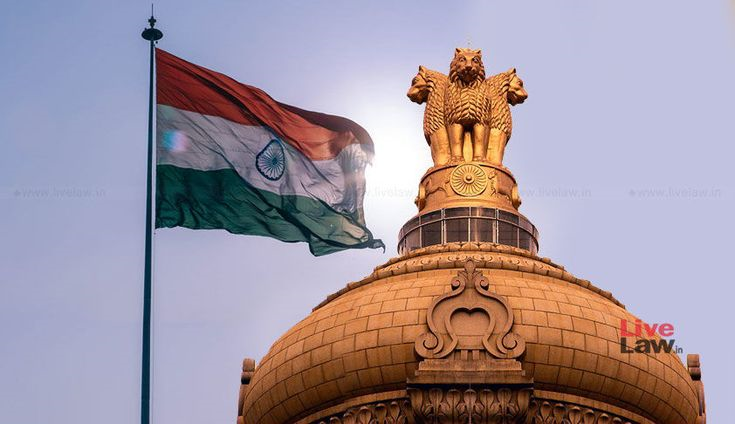Introduction and Background
The Sarkaria Commission was constituted by the Government of India in 1983 to examine and review the working of the arrangements between the Union and the States under the Indian Constitution. The Commission was set up under the chairmanship of Justice R.S. Sarkaria, a retired judge of the Supreme Court. Its primary purpose was to suggest reforms to strengthen Centre–State relations while maintaining the spirit of federalism as envisaged under Articles 245 to 263 of the Constitution, which deal with the distribution of legislative and administrative powers. The Commission submitted its report in 1988, offering a balanced approach between central authority and state autonomy.
Recommendations and Legal Relevance
The Sarkaria Commission made over 247 recommendations, focusing on legislative, administrative, and financial relations. It emphasized that India’s federal system is designed to be strong yet cooperative. Key recommendations included: (1) the Governor should be an eminent person and not a political appointee; (2) the use of Article 356 (President’s Rule) should be a measure of last resort; (3) more effective operation of the Inter-State Council under Article 263 to promote coordination; and (4) better sharing of financial resources between the Centre and States. These recommendations were aimed at ensuring a harmonious balance between unity and diversity within the constitutional framework.
Significance and Constitutional Impact
The Sarkaria Commission’s report holds significant constitutional value as it reaffirmed the principles of cooperative federalism. Many of its recommendations influenced subsequent policy decisions and were echoed by later commissions, such as the Punchhi Commission (2007). It strengthened mechanisms for inter-governmental cooperation, reduced political misuse of constitutional powers, and enhanced mutual trust between the Centre and States. The Commission’s work continues to guide debates on decentralization and federal balance, ensuring that both levels of government work collaboratively for national development without compromising state independence.
Real-Time Example
An example of the Sarkaria Commission’s influence can be seen in the formation of the Inter-State Council in 1990 by the Central Government under Article 263. This was a direct outcome of the Commission’s recommendation to institutionalize dialogue between the Centre and States. The Council has since been used to discuss fiscal federalism, internal security, and policy coordination, reflecting the Commission’s vision for cooperative federalism. Similarly, the restraint shown in invoking Article 356 in modern times also mirrors the Commission’s advice against arbitrary dismissal of State Governments.
Mnemonic to Remember – “FIRM”
F – Federal balance between Centre and States
I – Inter-State Council activation (Article 263)
R – Recommendations on Governor and Article 356
M – Mutual cooperation and coordination
The mnemonic “FIRM” helps recall that the Sarkaria Commission aimed to create a firm and fair balance between Union power and State autonomy, promoting a cooperative model of federal governance in India.
About lawgnan:
Discover the detailed insights of the Sarkaria Commission and its impact on Centre–State relations only on Lawgnan.in. Understand how Justice R.S. Sarkaria’s 1983 Commission shaped cooperative federalism through key recommendations on Article 356, the Governor’s role, and the Inter-State Council under Article 263. Learn how its 1988 report continues to influence India’s federal structure and policy coordination between the Union and the States. Perfect for law students, judiciary aspirants, and UPSC candidates, this comprehensive guide simplifies the constitutional importance of the Sarkaria Commission in strengthening India’s federal democracy.




